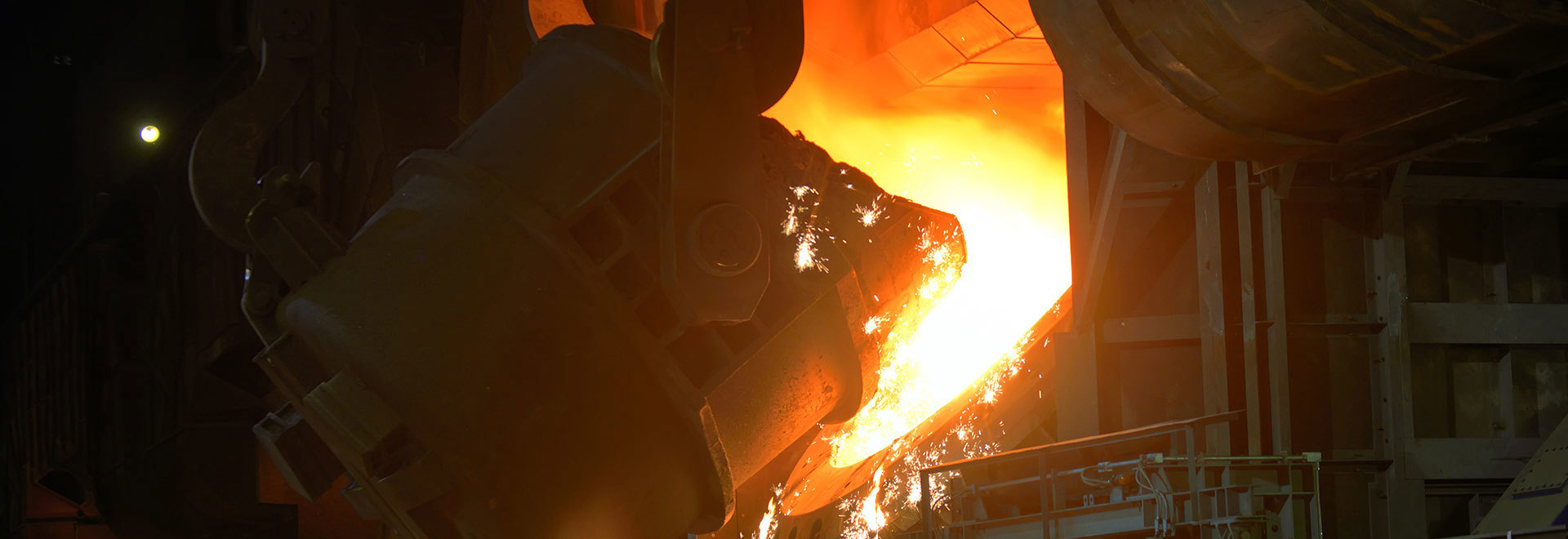Lost Foam Casting Process of Single Cylinder Wheel
Release time:
2022-06-09 11:20
Source:
1 Foreword
Lost foam casting technology (EPC or LFC) is a casting method in which foam plastic is used to make a solid shape exactly the same as the structure and size of the part, refractory bonding coating is dipped, dried, dry sand is molded, vibrated and compacted, and then molten metal is poured to make the shape disappear by heating and gasification, thus obtaining a metal part consistent with the shape. Lost foam casting is a new technology with no margin and precise forming. It does not need to be combined to take the mold, and uses dry sand without binder to reduce pollution. It is considered to be the most likely green casting technology in the 21st century. This paper mainly introduces the lost foam casting process of single cylinder wheel.

2 Process characteristics of single cylinder wheel


Fig. 2-1 Fig. 2-2
Casting name: single cylinder wheel
Material: cast iron
Casting contour size: Φ400X60mm
Thinnest wall thickness: 10mm
The casting weighs about 15kg
3 Process Flow
3.1 white area
(1) Advance
Use an intermittent semi-automatic steam pre-generator. The foaming raw material is Dragon King Material (EPS). The bead density after pre-production is about 23g/L. After pre-production, it is dried and cured for at least 5h before use.
(2) Molding
Use single-screw semi-automatic molding machine, running smoothly. Setting of external conditions: steam pressure 0.4~0.6MPa, water pressure 0.3~0.4 MPa, air pressure 0.6~0.8 MPa, manual punching. Adjust and set the running parameters, and pay attention to prevent the deformation of the white mold. The punched white mold and gating system are shown in Figure 3-1.



Figure 3-1
(3) White model
Put the qualified white mold into the drying room for drying. The drying room adopts automatic temperature and humidity control and electric heating. Drying room temperature is set to 45 ℃, humidity is set to 16 below. The white mold is placed in the drying room for drying for 2~3 days, and the weight of the white mold shall remain unchanged before entering the painting process.
The structure of the casting is relatively simple, the overall structure is not complex belong to flat castings, such castings are easy to achieve a box of multiple pieces, so try to increase the casting process yield, rational use of sand box. According to the structure of the casting, the size of the sand box, the size of the melting furnace and the pouring bag, the top injection type of the casting interchange is determined. Each box adopts four groups of model clusters, each group of 7 pieces, a total of 28 pieces. Internal runner: 50*50mm to 10*80mm, 60mm high. The joint with the white die is radian. Runner: 50*50*900mm. Sprue: Φ60mm. The middle part is Φ40mm hollow and 120mm high. There is a cylindrical boss at the connection between the sprue and the sprue to store the cold material peak head. The model cluster is shown in Figure 3-2:

Figure 3-2
3.2 Yellow Zone
As one of the key technologies of lost foam casting, coating plays a vital role in the success of lost foam casting process, and is an important process link to obtain sound castings. The coating for gray cast iron lost foam must have good permeability, thixotropy and heat preservation.
The surface of the foam pattern is painted to prevent sand sticking and reduce the surface roughness of the casting. At the same time, the strength of the pattern is greatly improved after brushing and drying, which can effectively prevent the deformation of the casting. The coating should have good air permeability, suitable strength and refractoriness.
(1) The paint shall be stirred in accordance with the specified ratio. Dip coating is adopted for brushing, so stirring for 30min is sufficient when the Bame degree reaches about 1.6.
(2) Brush the white mold twice so that each layer of paint is completely dry. The temperature of the drying room is set at 45 ℃ and the humidity is set below 16%. Before brushing for the first time, the inner runner and the wheel shall be bonded with hot glue (as shown in Figure 3-3), and the bonding between the runners shall be bonded with adhesive tape to prevent coating and facilitate bonding in the future. After 24 hours of brushing once, brush again for the second time, and brush the runner and gate three times. After two times, the thickness of the white mold coating reaches about 1.5mm, and the runner reaches 2~3mm.


Figure 3-3 Figure 3-4
(3) After the white mold is dipped, place it on a drying rack and put it into a drying room for drying to prevent the white mold from accumulating paint. The white mold is placed in the drying room as shown in Figure 3-4.
(4) model cluster. The painted model and runner are bonded on the model support with hot glue (as shown in Figure 3-5). After the model is assembled, they are fixed with wooden strips on both sides to prevent deformation. For the bonding, it is also necessary to make up with paint (Figure 3-6).


Figure 3-5 Figure 3-6
3.3 black area
3.3.1 Modeling of buried box
When the model cluster is transferred from the yellow area to the black area, the model cluster is placed on the trolley to prevent the model cluster from being damaged and the paint from cracking during the movement. Add bottom sand 150mm and vibrate for 30s. Put the model cluster into the sand box and fix it with a wooden stick (Figure 3-7). Add sand to half of the sand box, take out the wooden stick, continue to add sand, and shake the box for 4 ′ 30 ″ ~ 5 ′ after burying ′. After the sand is shaken, the film is applied. Add 10cm of sand above the film.


Figure 3-7
3.3.2 Pouring molten iron
Slag removal shall be done well before pouring of molten iron, and the discharge temperature shall be 1420 ℃ ~ 1450 ℃. The negative pressure degree is-0.055MP, and the negative pressure degree of-0.02MP is maintained for 15 minutes after pouring. The pouring cup is a mobile pouring cup. When pouring, pay attention to the pouring speed control, the general rhythm: slow-fast-slow. In the case of molten iron is not reverse spray, try to speed up the pouring speed, try to control in about 20 seconds.

Figure 3-8
4 Conclusions
Through the strict implementation of the process, qualified castings can be obtained, and satisfactory casting yield and finished product rate can be obtained.
Next Page
Related News










